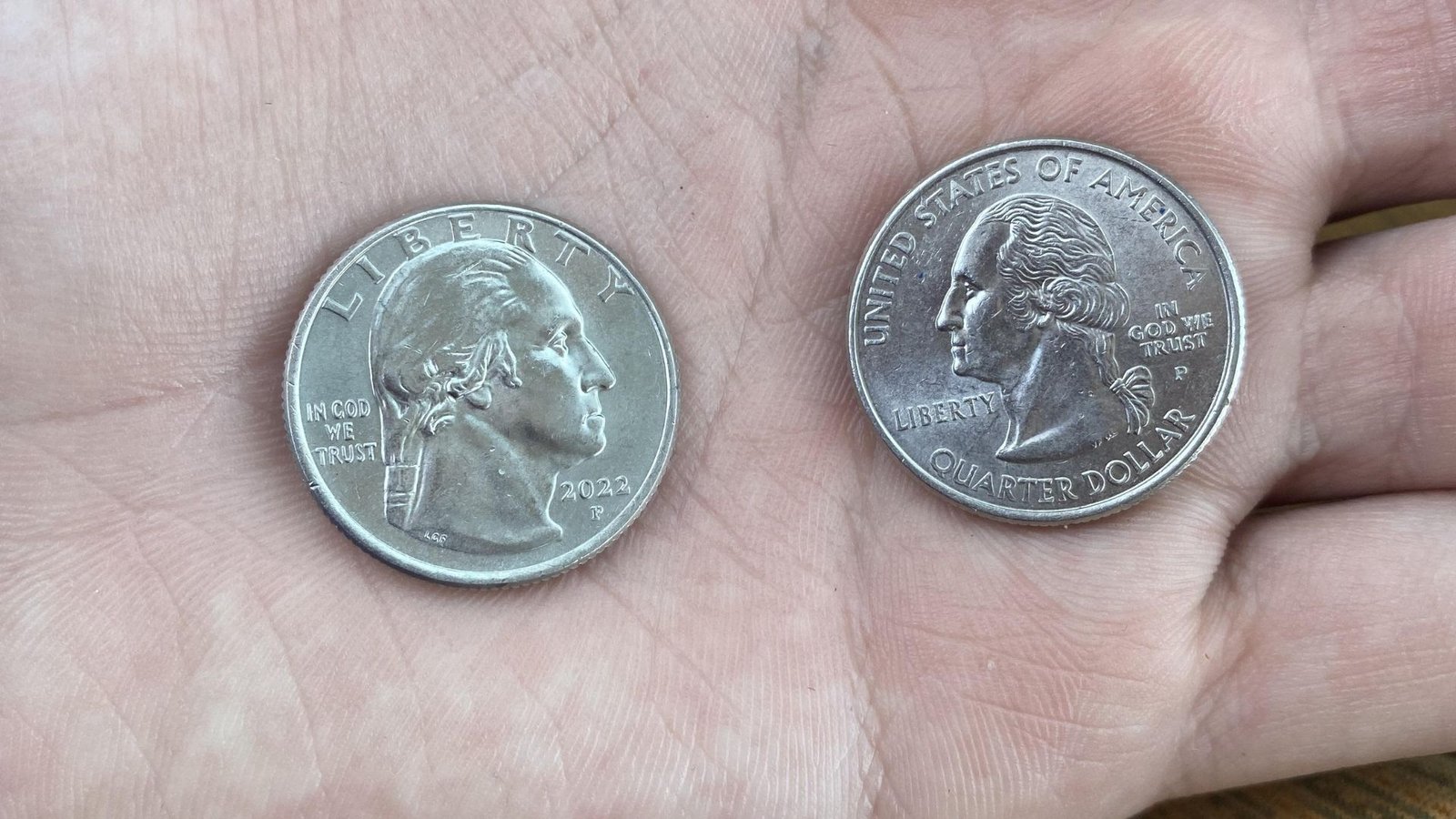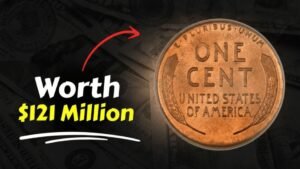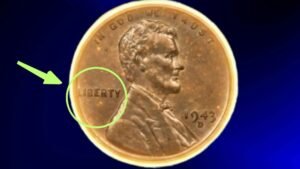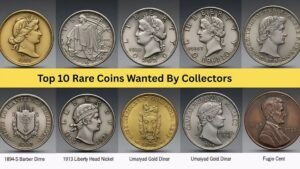Imagine digging through your couch cushions and pulling out a shiny 1976 quarter that could bankroll your dream vacation—or your entire retirement. That’s the tantalizing promise behind the viral story of a “rare Bicentennial Quarter valued at $2.2 billion, still in circulation.” But is it real, or just clever clickbait?
In this post, we’ll bust the hype, dive into the true world of rare coins, and show you how a simple Bicentennial Quarter might actually boost your wallet. Stick around to learn what makes these numismatic gems tick and how you can spot one yourself.
What Is the Bicentennial Quarter?
The Bicentennial Quarter, minted in 1976, celebrates America’s 200th birthday. Featuring a drummer boy on the reverse instead of the usual eagle, it’s a numismatic standout. Over 4 billion were produced, but errors and proofs turn ordinary ones into rare coins.
Most circulate as clad (copper-nickel), but silver versions from San Francisco add sparkle. If you’re into rare coins, this is your entry point to numismatics—affordable yet full of surprises.
The History and Origin of This Iconic Coin
Back in the 1970s, the U.S. Mint got patriotic. To mark the Declaration of Independence’s bicentennial, they redesigned quarters for 1975-1976 production. Artist Jack L. Ahr’s reverse design won a contest, beating thousands of entries.
Philadelphia, Denver, and San Francisco mints churned them out. The “1776-1976” dual date nods to history, making every Bicentennial Quarter a mini time capsule. Fun fact: They were the last special design before state quarters in 1999.
Why the $2.2 Billion Rumor Is Spreading—and Why It’s Wrong
Social media loves a good tale. Posts claim a “prototype” Bicentennial Quarter fetched $2.2 billion at auction, still lurking in change jars. But here’s the truth: No such sale exists. It’s recycled clickbait from shady sites, inflating real values for views.
Actual top sales? A silver proof hit $20,000 in 2025. The billion-dollar hype? Pure fiction. Still, it spotlights genuine rare coin potential—without the exaggeration.
Real Value: Why Bicentennial Quarters Matter Today
In numismatics, condition is king. A circulated Bicentennial Quarter? Face value. But pristine or error-struck ones? They fetch hundreds or thousands. With inflation and collector demand rising, these rare coins hedge against everyday cash.
They’re accessible treasures. Unlike gold bars, a $500 doubled-die find feels like winning the lottery—without buying a ticket.
| Bicentennial Quarter Type | Typical Value (Circulated) | High-Grade Auction Record | Key Feature |
|---|---|---|---|
| Clad Philadelphia (No Mint Mark) | $0.25 | $50 | Common, dual date |
| Denver (D Mint Mark) Doubled Die | $5–$20 | $1,200 | Obverse doubling error |
| San Francisco Silver Proof | $10–$50 | $20,000 | 40% silver, cameo finish |
| Off-Center Strike Error | $100–$500 | $2,500 | Misaligned design |
How to Hunt for Valuable Bicentennial Quarters in Circulation
Start simple: Check grandma’s jar or bank rolls. Look for clear “1776-1976” dates and no wear. Use a magnifying glass for errors like doubled letters.
Join numismatics clubs or apps like CoinSnap for quick scans. Sell finds on eBay or to dealers—always get graded by PCGS first. It’s a hobby that pays dividends.
- Pro Tip: Focus on Denver-minted ones; errors pop up more there.
- Benefit: Low-risk thrill—most cost pennies to acquire.
Notable Facts and Auction Records
Did you know? Over 1.5 billion silver Bicentennial Quarters were proof-struck, but only MS-70 grades command premiums.
| Record-Breaking Sale | Year | Value | Why It Sold High |
|---|---|---|---|
| 1976-S Silver Proof | 2025 | $20,000 | Perfect cameo contrast |
| 1976-D Doubled Die | 2007 | $518 | Rare obverse error |
| Off-Metal Strike | 2024 | $3,000 | Struck on wrong planchet |
These stats prove: Rarity + condition = real money in numismatics.
Expert Tips for Numismatics Newbies
Store coins in albums, away from air. Avoid cleaning—patina adds value. Read “A Guide Book of United States Coins” for basics.
Network at coin shows; experts share secrets. Start small: Buy a roll of quarters for $10. Patience pays—many collectors started with a lucky Bicentennial find.
Frequently Asked Questions (FAQs)
Is there really a $2.2 billion Bicentennial Quarter?
No, it’s a myth. Real values top out around $20k for ultra-rare proofs.
How do I know if my Bicentennial Quarter is valuable?
Check for errors, mint marks, and shine. Grade it professionally.
Where can I sell a rare coin?
Try Heritage Auctions or local dealers for fair prices.
Are Bicentennial Quarters still being minted?
No, production ended in 1976, but they’re common in circulation.
What’s the best way to start collecting numismatics?
Grab a starter set and join online forums—it’s addictive!
Wrapping It Up: Your Change Could Be Change-Worthy
The $2.2 billion Bicentennial Quarter tale is a fun fable, but it reminds us: Real numismatic treasures hide in plain sight. From doubled dies to silver proofs, these rare coins blend history, hunt, and profit. Grab that magnifying glass, scour your spares, and who knows? You might uncover your own mini-fortune. Share your finds in the comments, subscribe for more coin tips, or dive into state quarter collecting next. Happy hunting!




